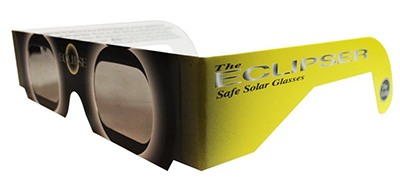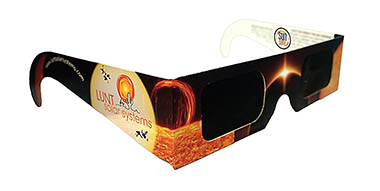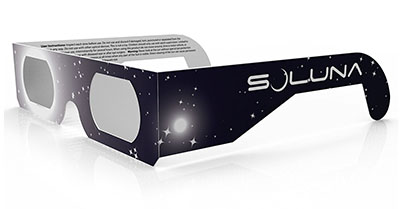A Once in a Lifetime Event
2017 North American Total Solar Eclipse – August 21, 2017
This Eclipse is a Once in a Lifetime Event
On Monday, August 21, 2017, all of North America will be treated to an eclipse of the sun. From Oregon to South Carolina, a 67-mile wide section of “totality” will experience a once in a lifetime event as the the moon blocks out the sun and turns the day to twilight. It will get dark enough for street lights to turn on, the temperature will drop and bright stars will be visible in the sky – it will be like night in the middle of day.
This event will be seen only in North America and eclipse events are being planned all across the country.
Your 2017 Eclipse Guide
Excitement is growing as the countdown clock ticks down toward August 21, 2017. As communities and organizations announce plans, we’ll provide daily updates on this website and on our Facebook and Instagram pages, along with our Twitter account to provide you with tools, materials and information to ensure you and your family get the most out of this can’t miss event.
Our goal is to provide the information you’ll need to plan your eclipse experience; the who, what, when, where and especially the how. With most of the entire United States within a day’s drive of the path of eclipse totality, crowds, roads, dining, hospitality and other services will be stressed – we’ll help you be prepared.
Stay in touch on social media





